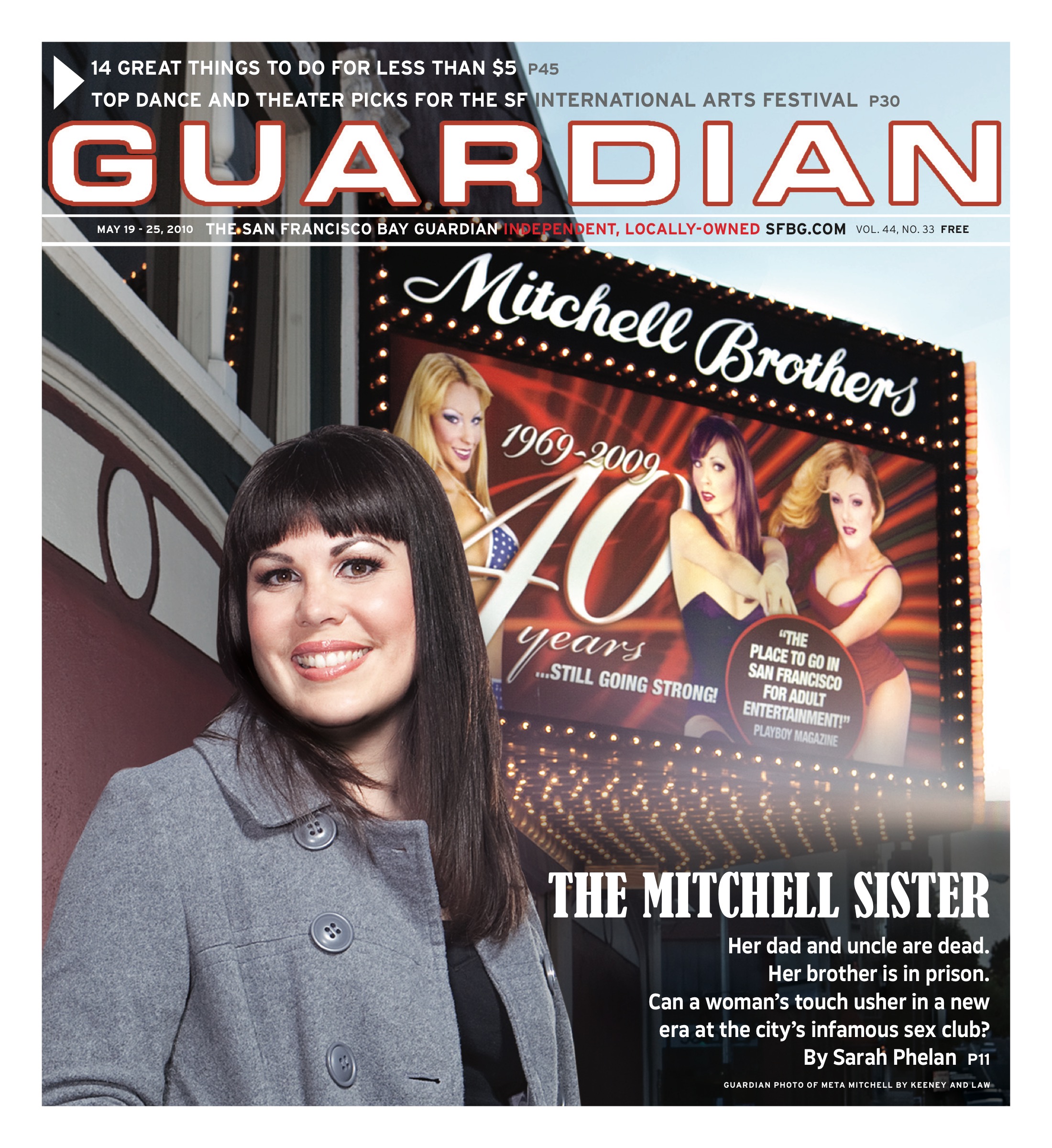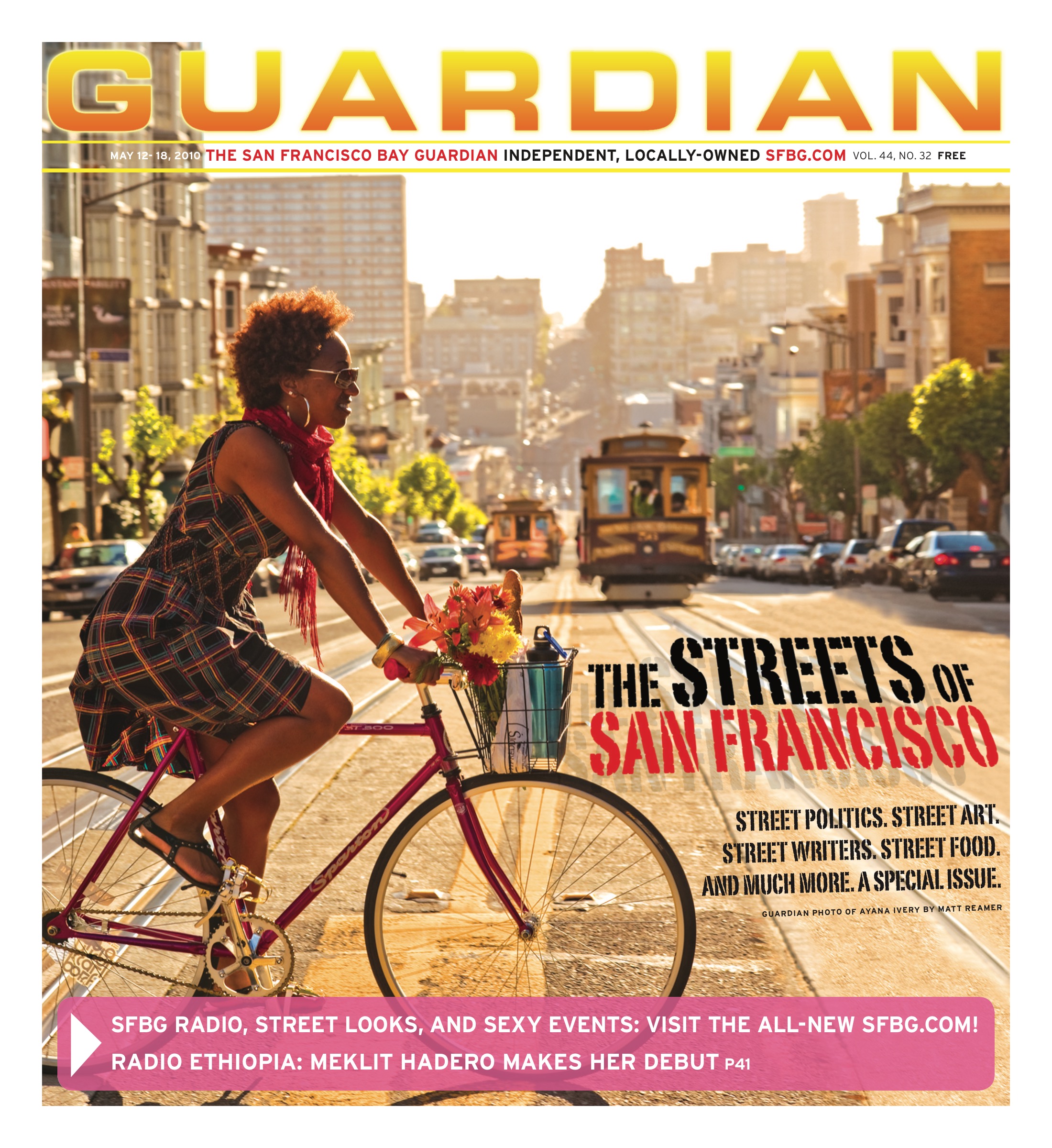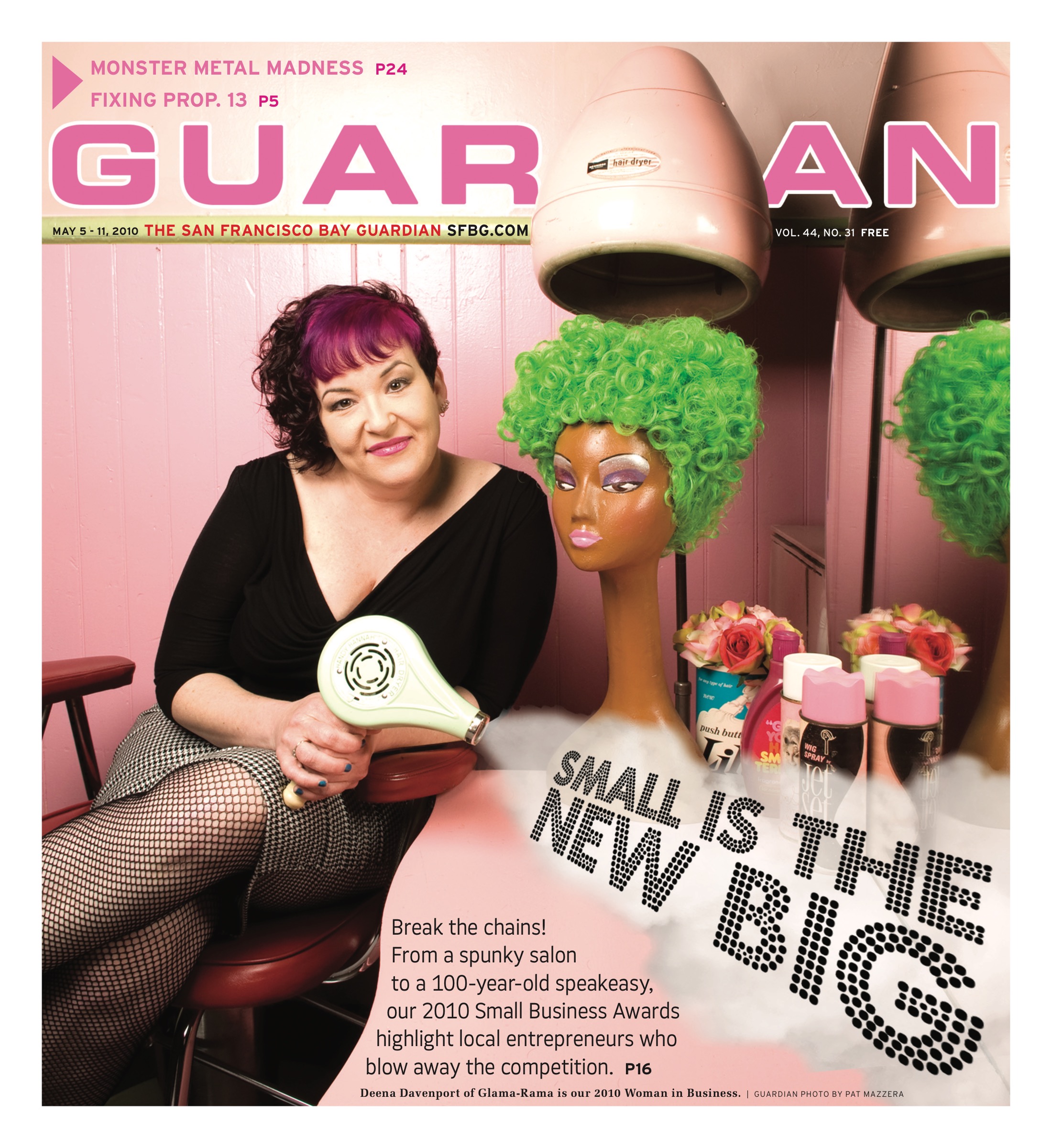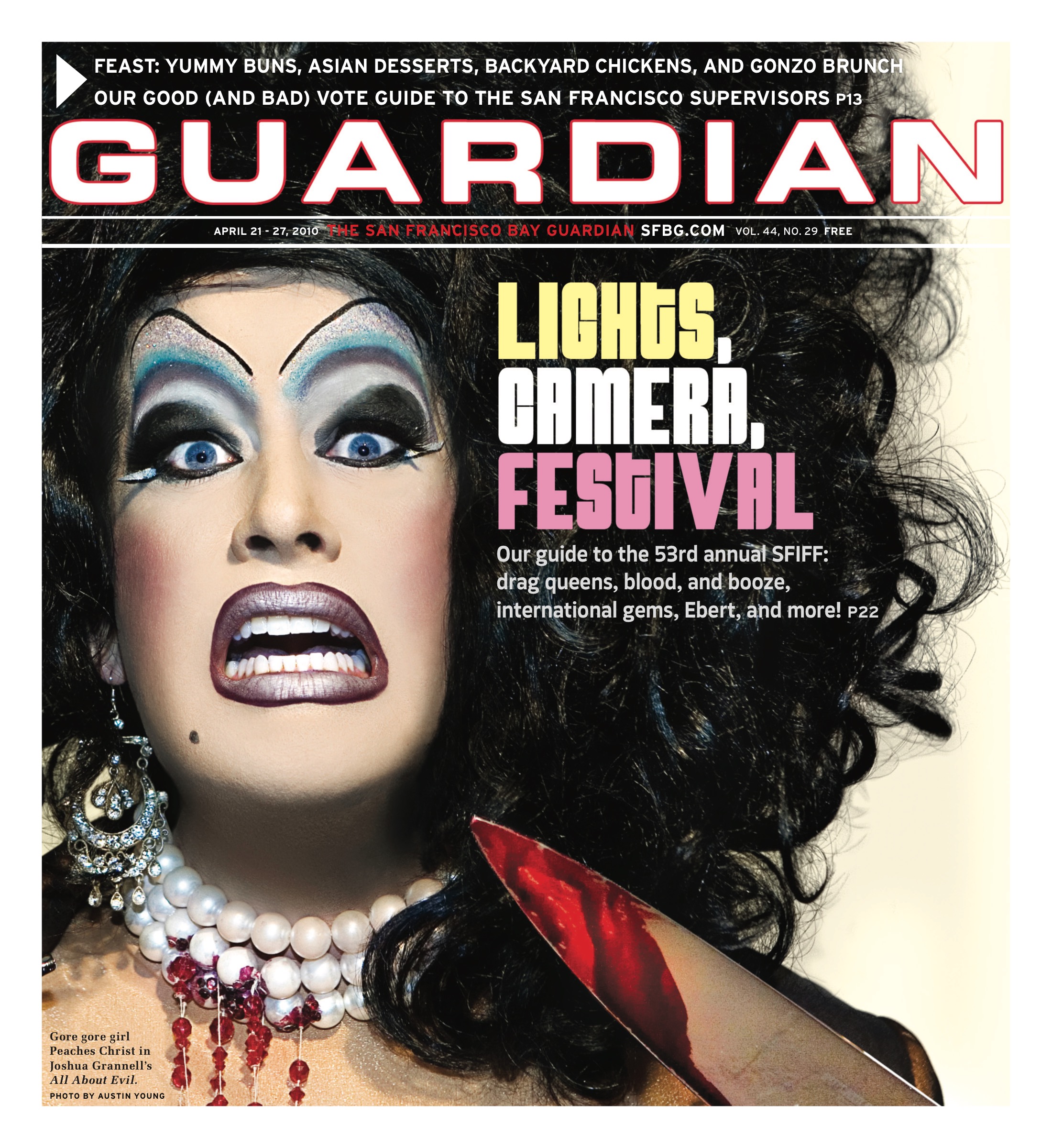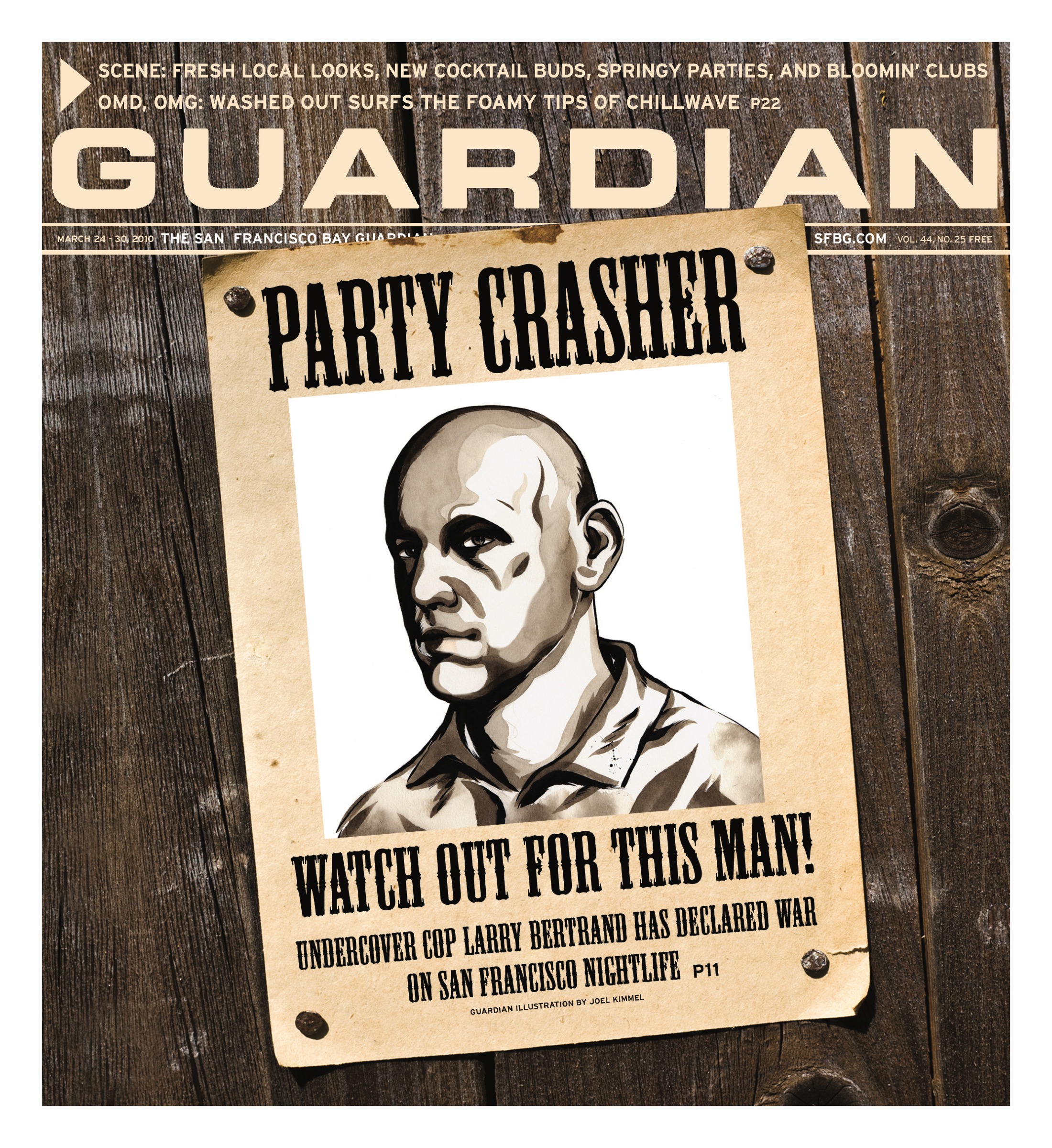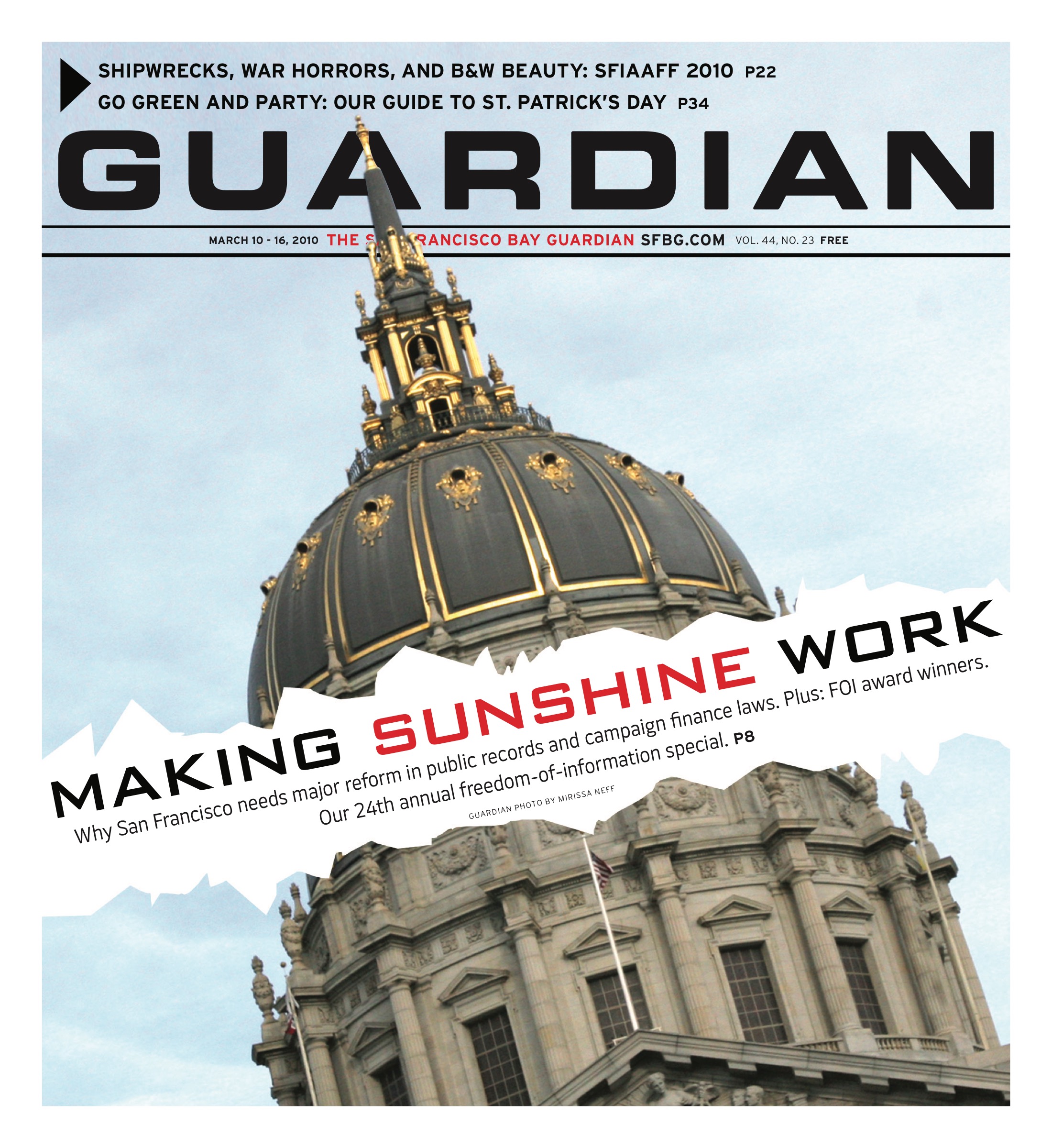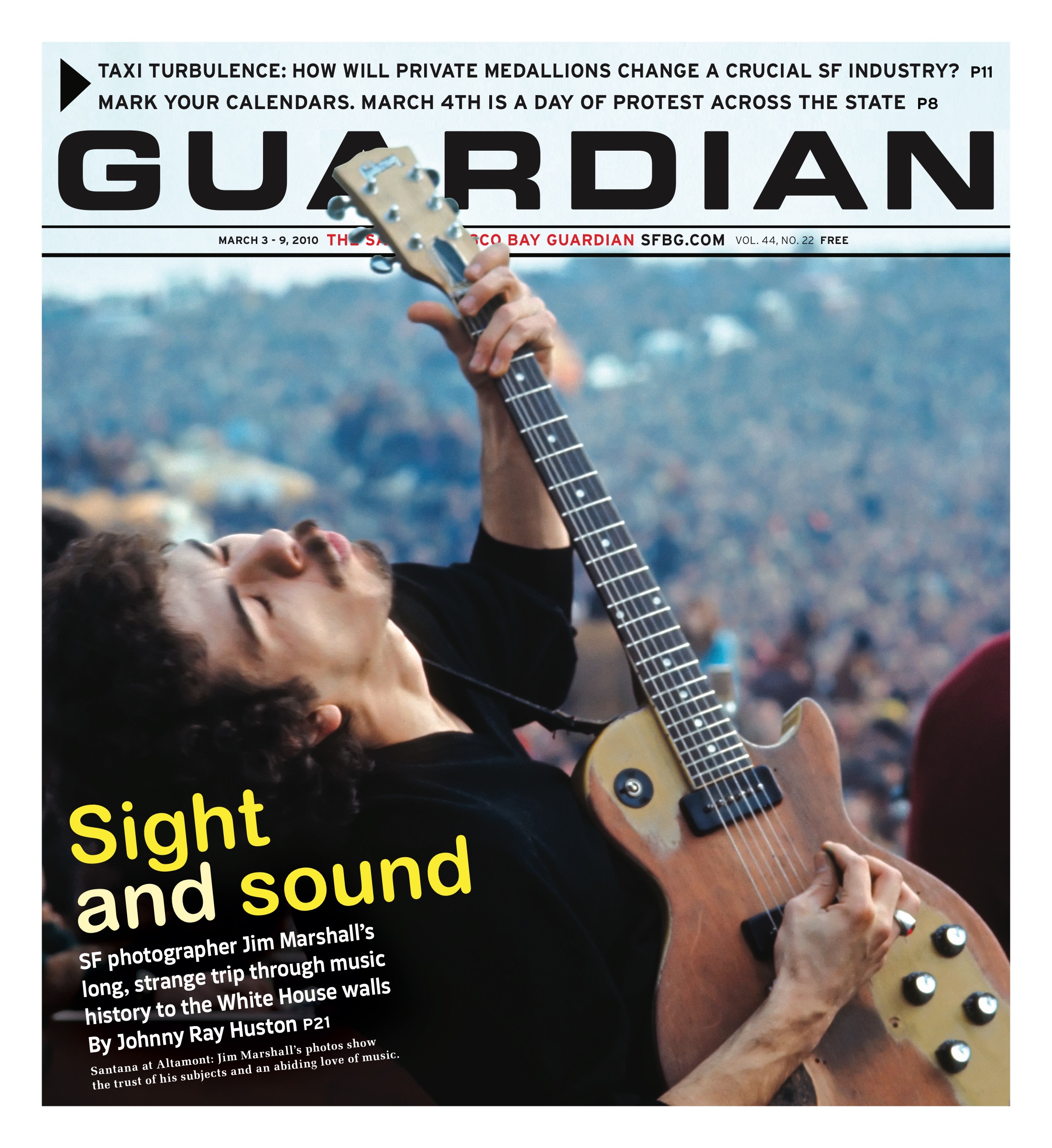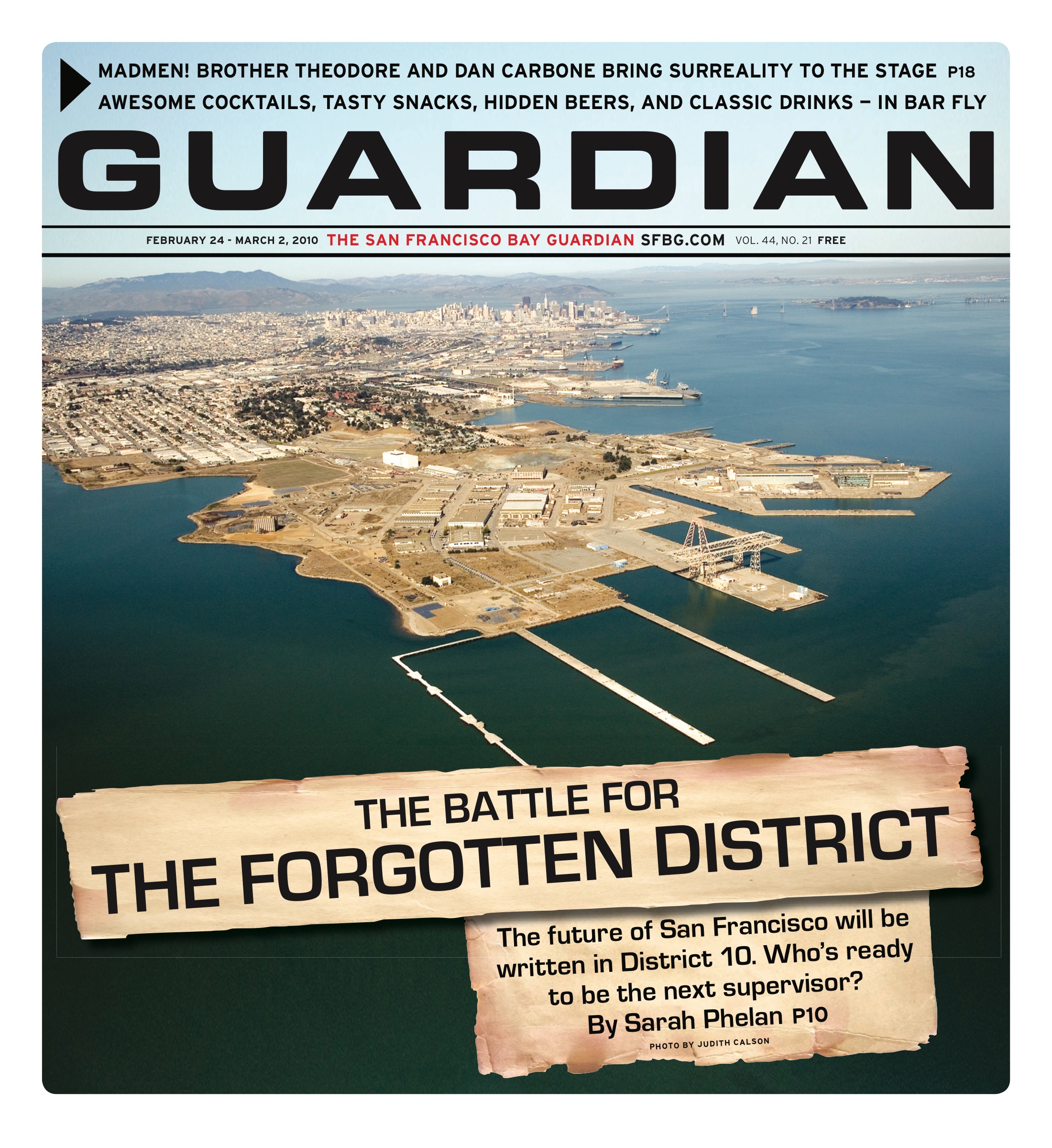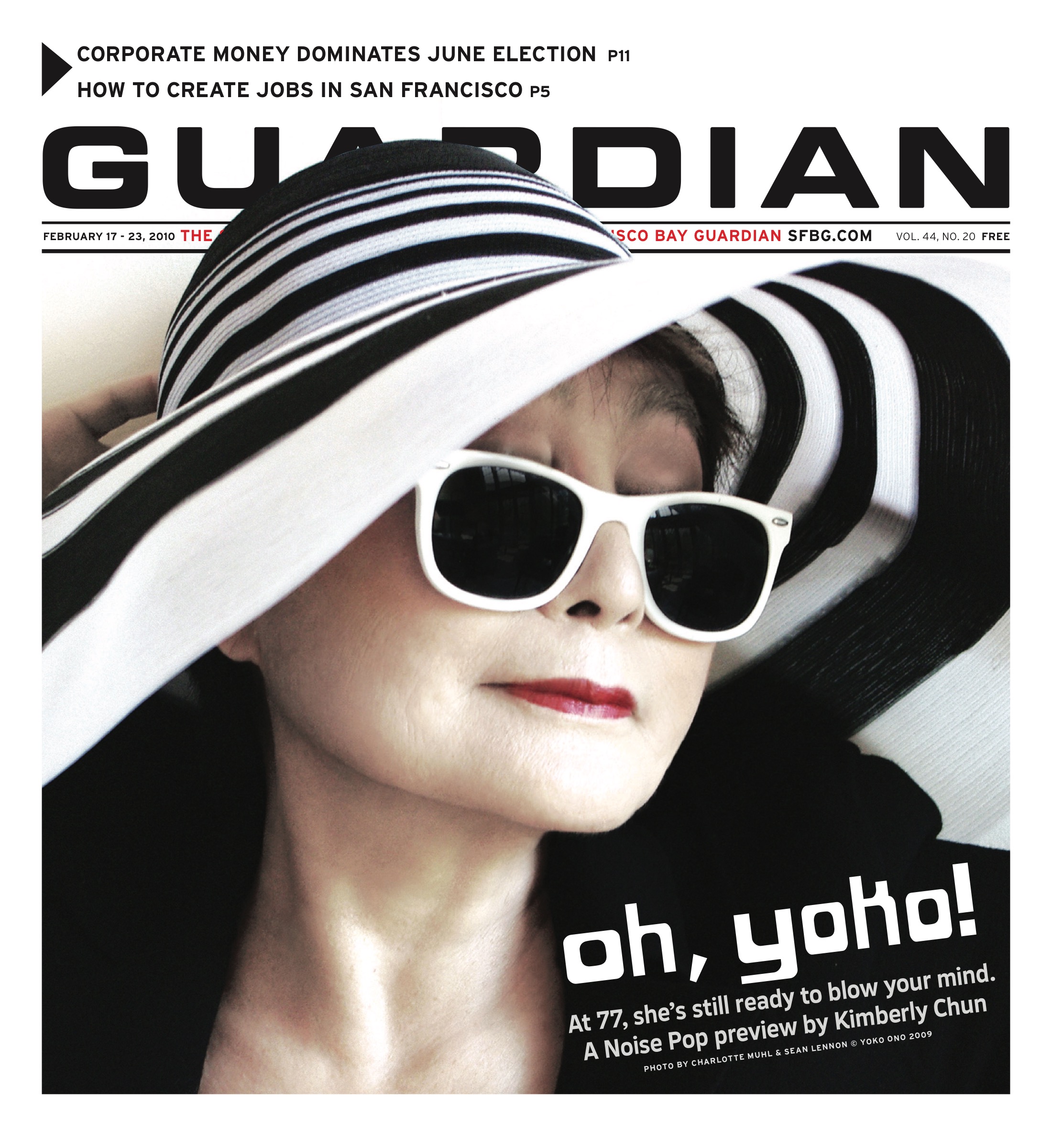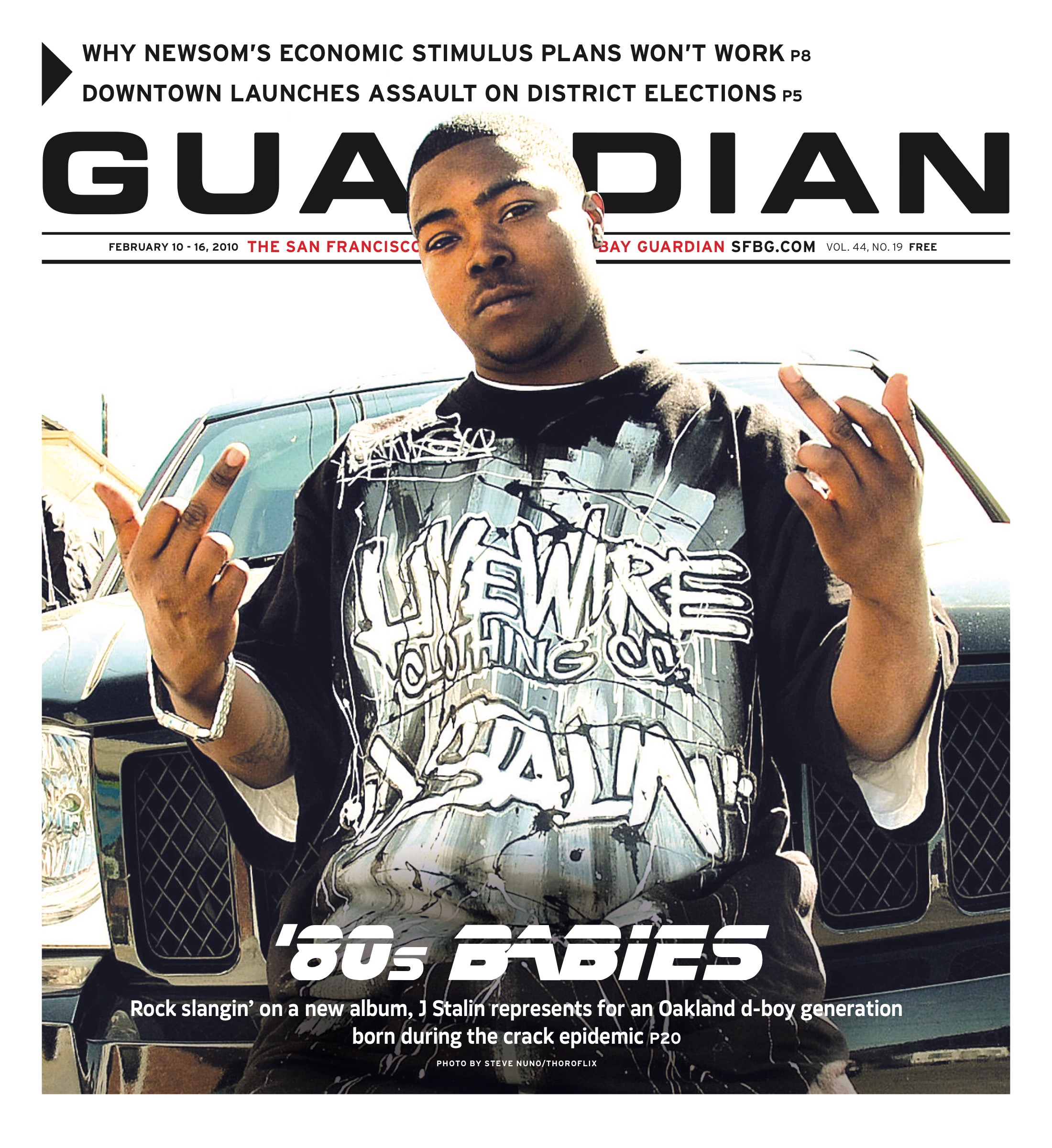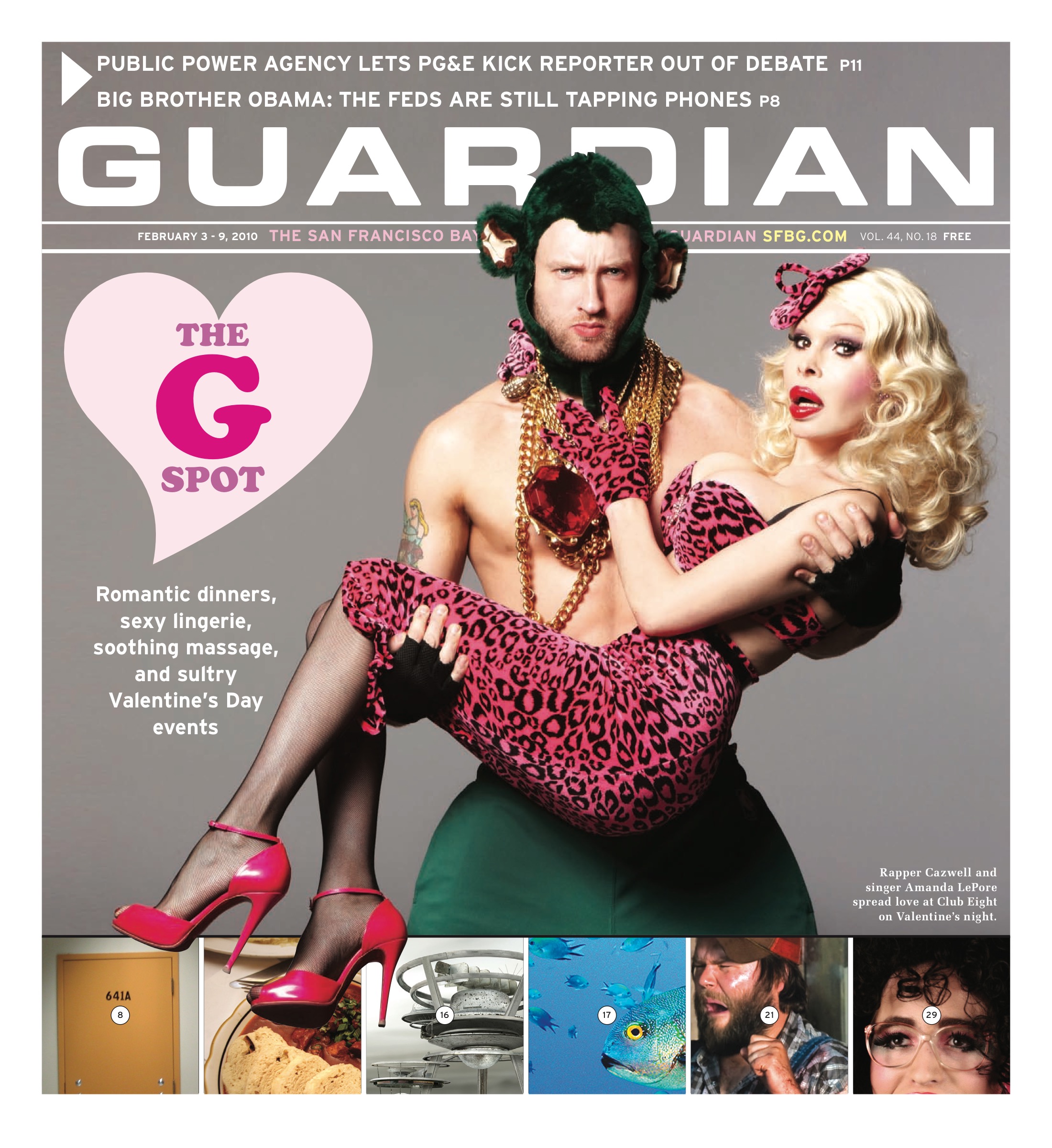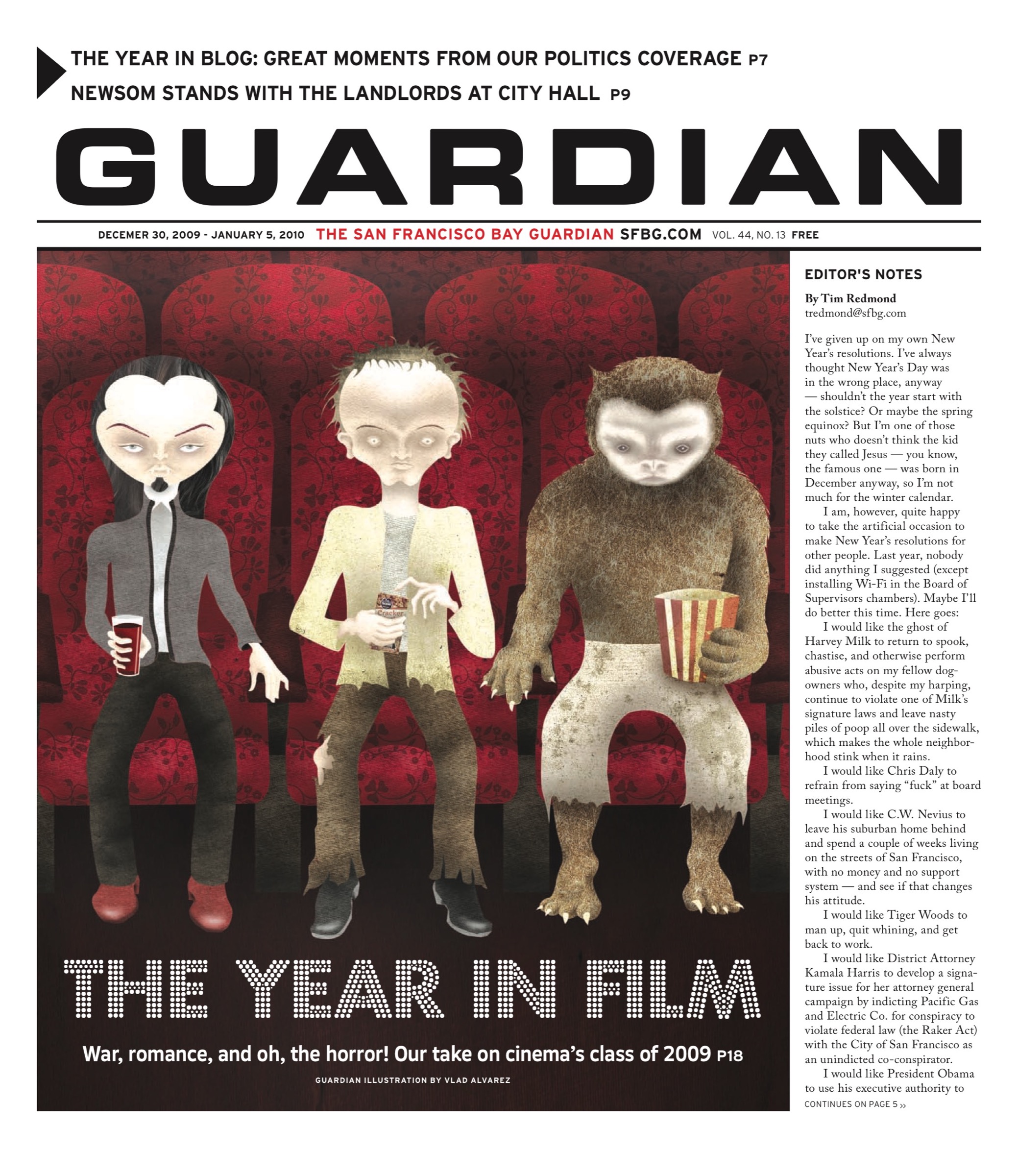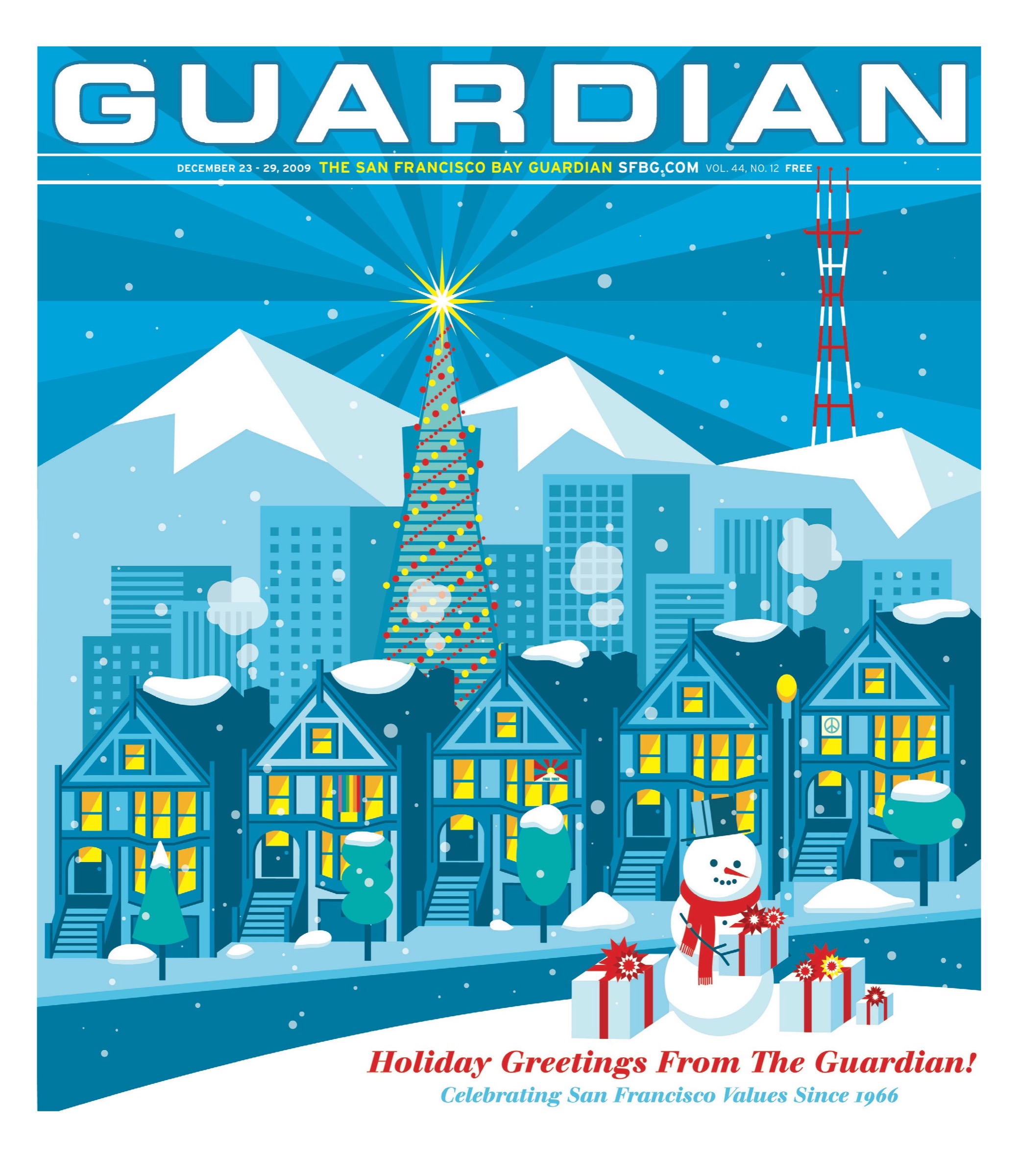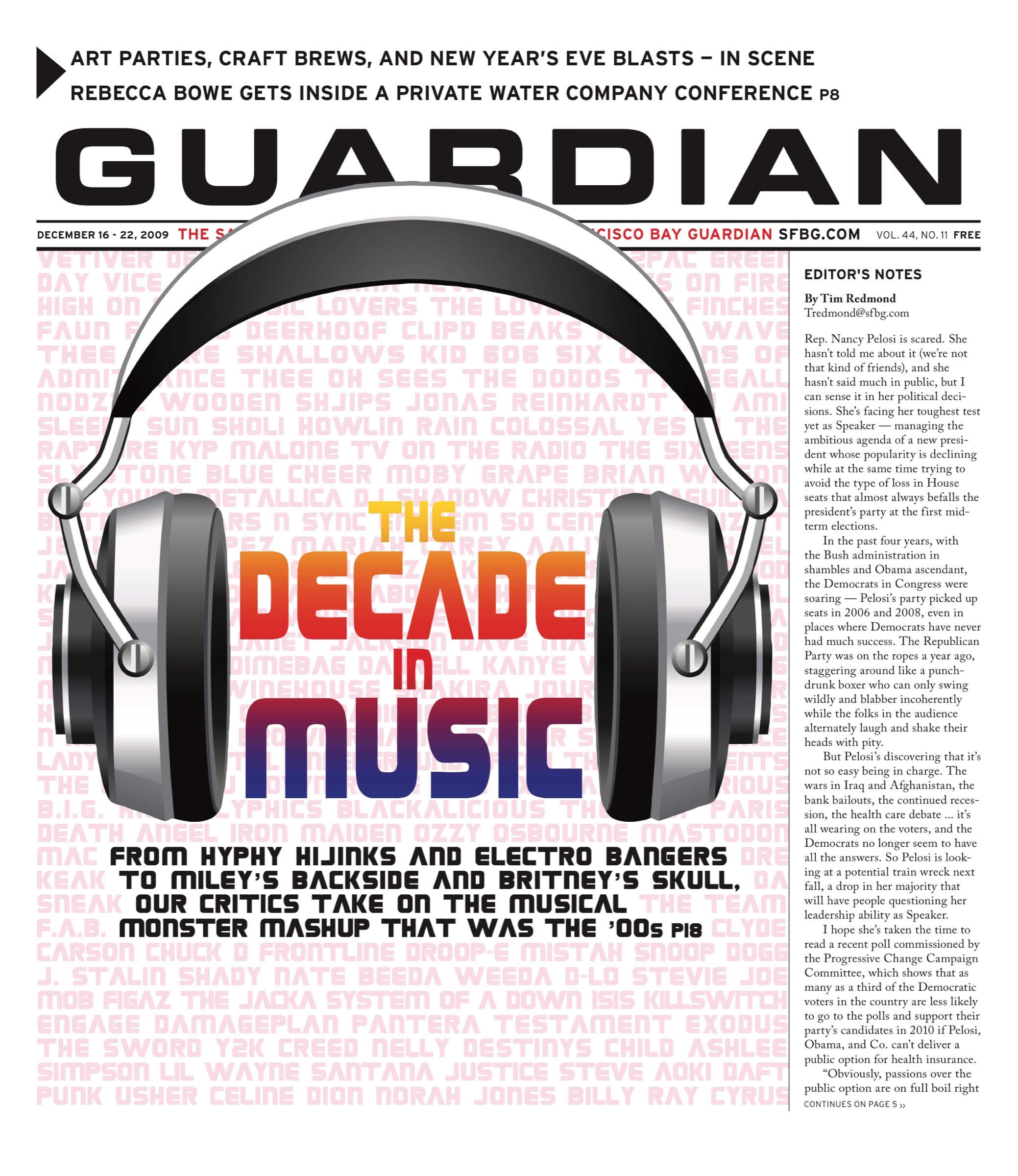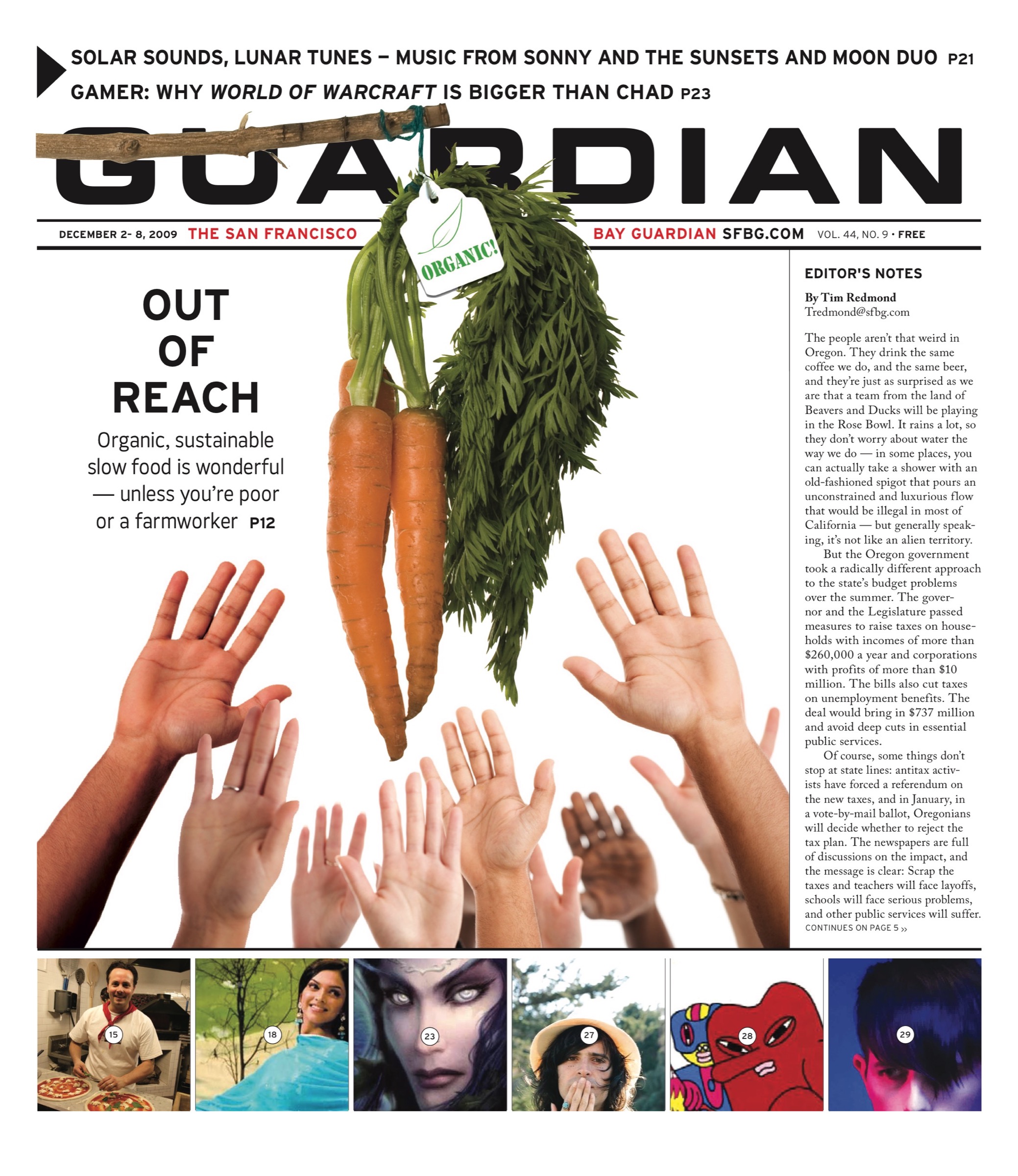paulr@sfbg.com
DINE “Errata” is one of those delightful words with an undelightful meaning. It means, basically, “oops” — assuming we are in polite company. In less polite company, you would probably hear a number of variations on a plain Anglo-Saxon word beginning with f.
For a writer, there is scarcely a more mortifying experience than to realize — too late! as Othello says to Desdemona before snuffing her — that some hideous mistake or error has leaked into print. When I was in college, we used to type up our essays on erasable-bond paper, so if you messed up you just rubbed out the offending words and phrases and typed in the right ones. But newsprint does not offer this luxury, although the cheaper sorts of ink do sometimes smear your fingers.
In years past, I wrote a side column on this page in which, from time to time, I noted various blunders of my own. In part, these acknowledgements helped salve my own conscience (yes, I was wrong or wrote something stupid, but I admit it); but in larger part, they amounted to a small public service. Although an error printed in a newspaper is not erasable, at least it can be mooted by more accurate information.
Foul-ups are, along with death and taxes, an inevitable part of life. One’s fondest hope in this regard is not to reach the epic heights of Gerald Ford, who in a 1976 presidential debate claimed that Poland was not subject to Soviet domination, to audible groans from the audience. This writer is content to bungle much more modestly than that, as in (as once happened) getting the title of a book under review wrong. Or, more recently, in asserting that La Trappe (discussed in these pages on April 21), “could be” the only Belgian restaurant in town. Leaving aside the spongy equivocation, the claim overlooked the years-long (and spreading) presence of Frjtz, which the errant writer (i.e. me) had once reviewed. I would only add that, because in error as in myth there is often an element of truth, La Trappe is a full-service (i.e. full table service) restaurant, whereas Frjtz wasn’t, at least when I last went. (You ordered at a counter and carried a little number to your table so the food-bearers could find you later.)
Of more import was the granting (on May 5) of “wheelchair accessible” status to the Little Chihuahua on Divisadero Street when in fact (according to an irate reader) there is a blockading step at the entryway. Of less import was the misuse of the Japanese term “izakaya” (March 24), not a descriptor for a particular style of cooking but a noun for a place where that particular style of cooking is offered. I can’t imagine anyone was misled or otherwise inconvenienced by this (what in the law would be called “harmless error”), or by the misspelling (March 10) of “matcha,” the green-tea powder that has an unfortunate way of ending up as a flavoring for ice cream.
These are the recent boo-boos I know of. If there others (and how could there not be?), I would be glad to hear about them. Well, maybe not glad. Maybe grateful. Also mortified.
“Empanada,” the second of today’s E-words, means, basically, “embreaded” in Spanish. We in California tend to associate these calzone-like stuffed envelopes with various Latin American cuisines, but they were brought to the New World by the Spanish, and to Spain by the Moors, whose Muslim roots reached deep into the Middle East. So the heritage of empanadas is entangled with that of pita and lavash.
At Chile Lindo, a tiny empanada emporium on 16th Street near Theater Rhinoceros, the menu consists of three kinds of empanada, each $5. The traditional ground-beef stuffing is known, in Chile, at least (the owner is Chilean) as pino (made here with Niman Ranch beef), and there is also a vegan version made with soy. Each strikes a distinctive balance between savory and sweet. One is aware of the presence of both black olives and raisins — a signature combination of the eastern Mediterranean — and also of cumin and paprika. If you were served either of these in Turkey or Israel, you wouldn’t think twice about it. Only the cheese empanada, stuffed with melted jack and cheddar and lengths of japaleño pepper, strikes a note we might think of as Latin American.
Chile Lindo does offer limited seating on a line of barstools on the sidewalk under the window, but plenty of the traffic appears to be takeout. There is also a giant, gleaming espresso machine for morning people. Chocolate empanadas would be a nice touch in this regard — patience, my pretties! *
CHILE LINDO
Mon.–Fri., 8 a.m.–10 p.m.; Sat., 10 a.m.–6 p.m.
2944 16th St., SF
(415) 621-6108
No alcohol
Cash only
Street noise
Problematic wheelchair access


